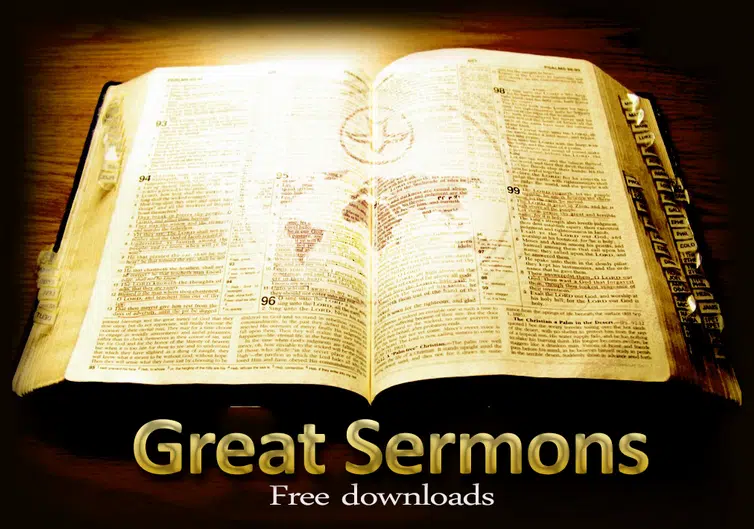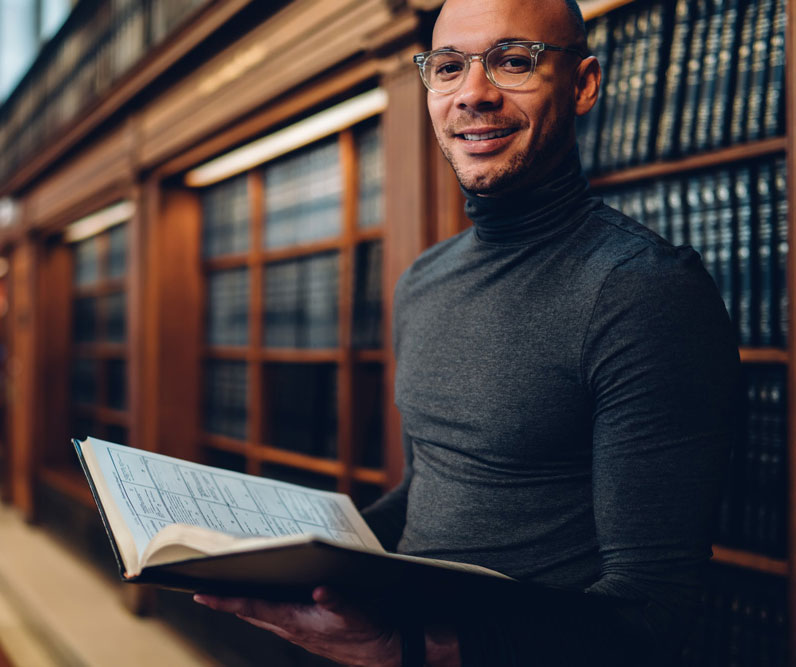In writing your Sunday Sermons, it is useful to deploy such figures of speech as metaphor, simile and hyperbole. But one must not overlook those figures of speech that require skilled vocal production and articulation: Alliteration; Assonance; Onomatopoeia; and Sound Symbolism. Use the examples below to develop greater skill using Figures of Speech in your sermons.
Alliteration:
In delivering your Sunday Sermons, you will encounter the rhetorical device of repeating sounds for emphasis and effect.
One of the most common forms of repeated sounds is alliteration. This usually involves the repetition of the first sound in words. Try speaking the example below, from the alliterative Morte Arthur, noticing how alliteration influences the rhythmic sweep of the line and the energy of the words:
All you who like to listen and long to learn
Of our elders in olden times and their noble deeds
How they were loyal to their law and loved of God Almighty,
Hear me in courtesy and keep your peace,
As I shall tell you a tale both true and lofty
Concerning the royal warriors of the Round Table …
Harken to what say and hear my story.Watch Full Movie Online Streaming Online and Download
Assonance:watch full xXx: Return of Xander Cage film online
A common form of repeated sounds is assonance; the repetition of vowel sounds within words, and is a very useful device for use in your sermons.
Try speaking the example below, the opening lines of the Prologue from Romeo and Juliet. Notice the repetition of vowels in fair and where; ancient and break; new and mutiny. Allow these repeated vowels to influence the momentum of the line and enhance vocal resonance:
Two households both alike in dignity
In fair Verona where we lay our scene
From ancient grudge break to new mutiny
Where civil blood makes civil hands unclean …
Onomatopoeia and Sound symbolism:
Words such as hum, zip, buzz, chirp, squeak, purr, and twitter, reproduce the sounds of natural events. Meanings can be deduced from the sounds of these words, an exception to the linguistic principle that “sounds in and of themselves do not carry meaning.†David Crystal in The Cambridge Encyclopedia of Language, states, “There are an interesting number of exceptions to the general rule – cases where speakers feel that there is some kind of meaningful connection between a sound, or a cluster of sounds, and properties of the outside world. This phenomenon is known as sound symbolism.”
Observing that words sometimes copy the noises of the things they represent “onomatopoeia” Crystal brings our attention to: bang, clip-clop, cough, cukoo, knock, murmur, rat-a-tat, whoosh, yackety-yak and zoom.
Including highly descriptive words in your sermons such as these often requires a special heightened energy. Say the words listed above with an awareness of their relationship to the actual sounds they represent.
Louis Colaianni is co-author of “How to Speak Shakespeare”, Santa Monica Press. An Associate Professor at the University of Missouri, Mr. Colaianni is an authority in Voice, Speech and Shakespeare performance.
Portions of this article are reprinted from Bringing Speech to Life by Louis Colaianni and Claudia Anderson, The Joy Press, 2002.



